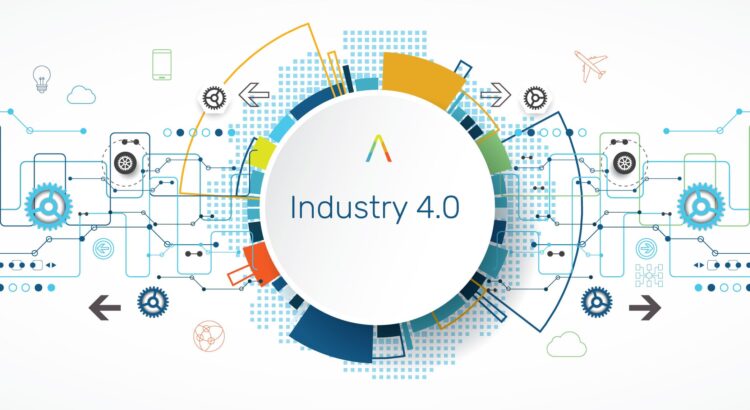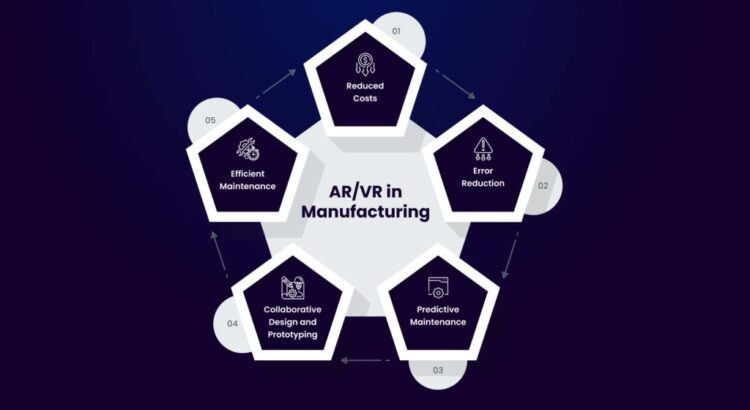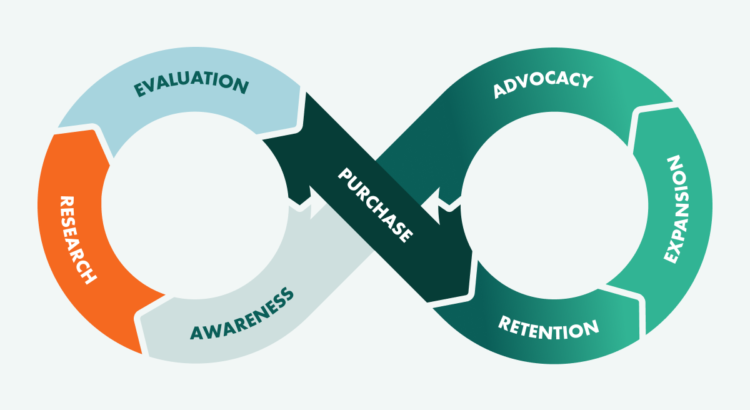PHP remains one of the most popular server-side scripting languages, powering millions of websites and web applications globally. Its ease of use and flexibility have contributed to its widespread adoption. However, this popularity has also made PHP applications a frequent target for cyberattacks. From small businesses to enterprise-level platforms, vulnerabilities in PHP code can result in data breaches, loss of customer trust, and even legal consequences. As a result, securing PHP applications should be a top priority for developers and organizations alike.
One of the most common vulnerabilities affecting PHP applications is SQL Injection. This occurs when user input is directly passed into SQL queries without adequate sanitization, allowing attackers to manipulate database commands. For example, an attacker could bypass login pages or extract sensitive data simply by injecting malicious SQL statements. To prevent this, developers must use prepared statements and parameterized queries provided by PDO or MySQLi, which ensure user inputs are handled safely and separated from the query logic.
Another prevalent issue is Cross-Site Scripting (XSS), which allows attackers to inject malicious JavaScript code into web pages viewed by other users. This can lead to stolen cookies, session hijacking, or unwanted actions performed on behalf of the victim. Protecting against XSS involves sanitizing all user input before displaying it on a webpage. Functions like htmlspecialchars() can encode characters to neutralize harmful scripts. Additionally, implementing a Content Security Policy (CSP) adds an extra layer of defence by restricting the execution of unauthorized scripts.
Cross-Site Request Forgery (CSRF) is a silent but dangerous attack that tricks authenticated users into performing actions they did not intend, such as changing account settings or initiating transactions. This typically occurs when forms or links are exploited without verifying the origin of the request. The fix involves implementing CSRF tokens—unique, unpredictable values stored in the user’s session and verified on every request. Only legitimate interactions from your website will carry the correct token, making unauthorized requests invalid.
Remote Code Execution (RCE) is another critical vulnerability, often stemming from insecure use of functions like eval(), exec(), or include() with unsanitized input. Attackers can execute arbitrary code on your server if these functions are not used cautiously. Developers should avoid these functions altogether or use strict input validation and whitelisting when dynamic functionality is required. Never include files based directly on user input without thorough checks.
File upload features can be incredibly useful but also dangerous if not implemented securely. If users can upload files without proper validation, an attacker might upload a malicious PHP script disguised as an image or document. This could allow them to gain control of the server or steal sensitive data. To mitigate this risk, always validate file types and extensions, store files outside the web root, rename them to remove user-defined names, and restrict access through .htaccess or other server-side rules.
Session hijacking is another method used by attackers to impersonate valid users by stealing or guessing session identifiers. This can occur through network sniffing, XSS, or session fixation. To reduce the risk, always enforce HTTPS to encrypt data in transit, regenerate session IDs upon login or privilege changes using session_regenerate_id(), and configure session cookies with HTTP Only, Secure, and SameSite flags. These simple tweaks can dramatically enhance session security.
Exposing detailed error messages can be a goldmine for attackers looking to understand your application’s structure. Error messages that reveal file paths, database schema, or server configuration can be used to craft targeted attacks. In a production environment, it’s essential to turn off error displays and log them privately for developer access. The end users should see generic messages that don’t reveal any internal workings.
Beyond code-level vulnerabilities, misconfigurations at the server or PHP level can also pose significant security risks. For example, directives like allow_url_include or display_errors should be disabled in the production environment to reduce exposure. PHP configuration should be regularly reviewed, and default settings should be hardened based on your application needs. Additionally, ensuring that your PHP version and third-party packages are up to date helps patch known vulnerabilities before they can be exploited.
Security headers offer an additional layer of protection and are easy to implement. Headers like X-Frame-Options, Strict-Transport-Security, and Content-Security-Policy help prevent clickjacking, force HTTPS usage, and restrict script execution. These can be set in your .htaccess file or directly in your PHP code using the header() function. While not a silver bullet, security headers complement your core application defences.
At the end of the day, securing a PHP application isn’t a one-time task. It requires continuous vigilance, regular code reviews, penetration testing, and an ongoing commitment to best practices. As cyber threats grow in sophistication, your defence mechanisms must evolve too. By being proactive and incorporating secure coding practices from the start, you can significantly reduce your application’s attack surface.
At Razorse Software, we prioritize security in every line of code. Our team stays updated with the latest security standards to ensure that your PHP applications are robust, scalable, and resilient against modern threats. If you’re developing or maintaining a PHP project and want to ensure its protected, our experts are here to help.
#PHPDevelopment #Cybersecurity #SecureCoding #WebApplicationSecurity #PHPVulnerabilities #WebDevTips #SecurePHP #RazorseSoftware #TechSolutions #PHPFixes #WebSecurityBestPractices





